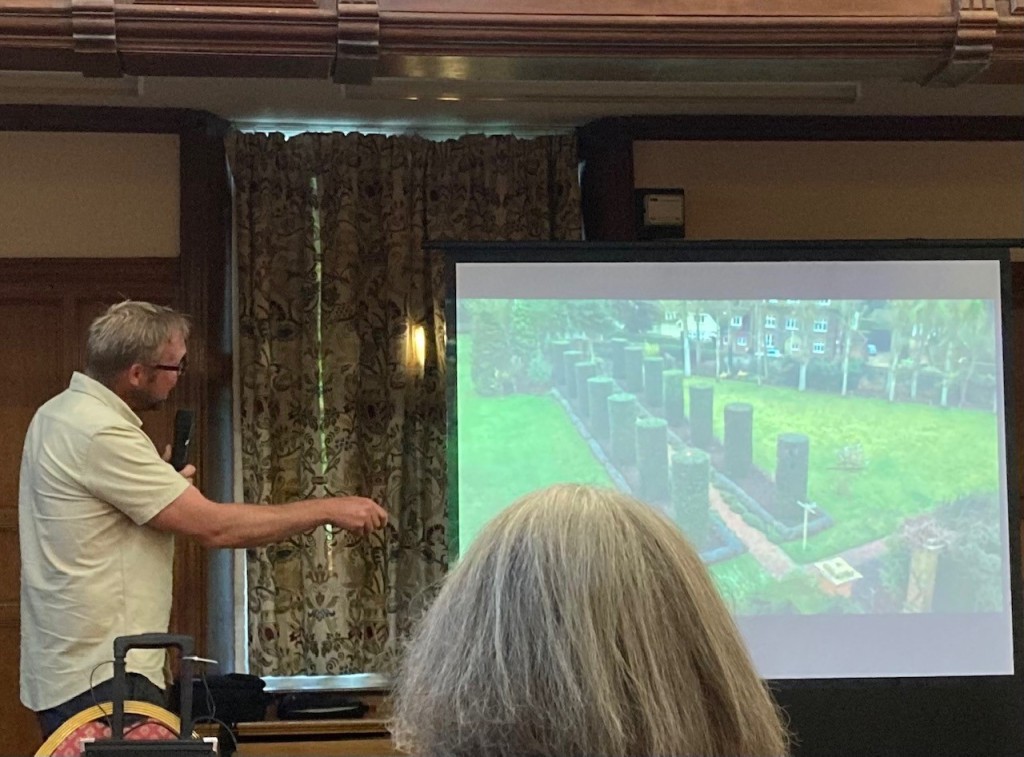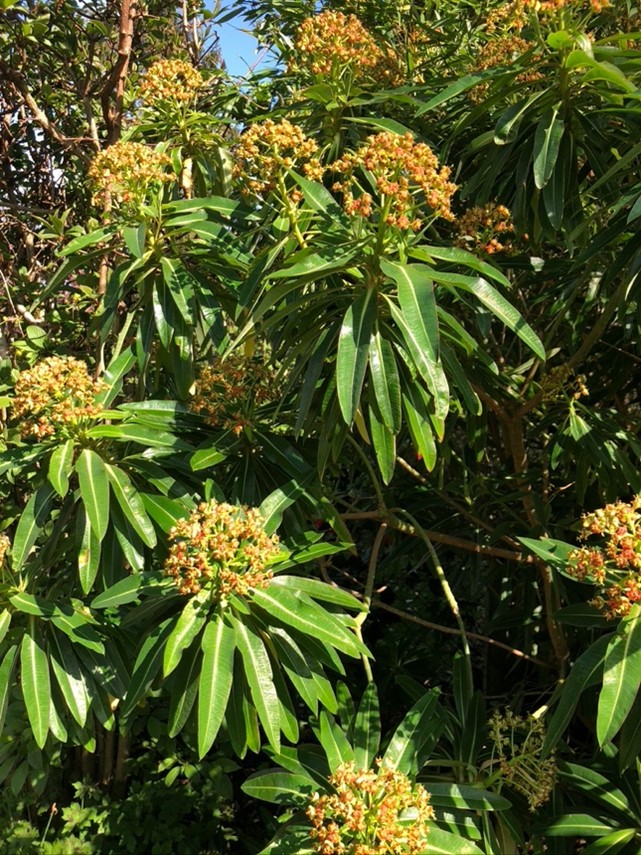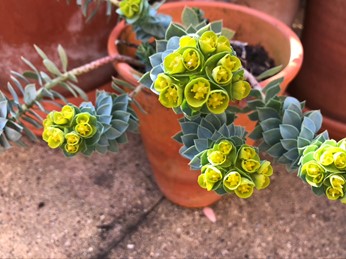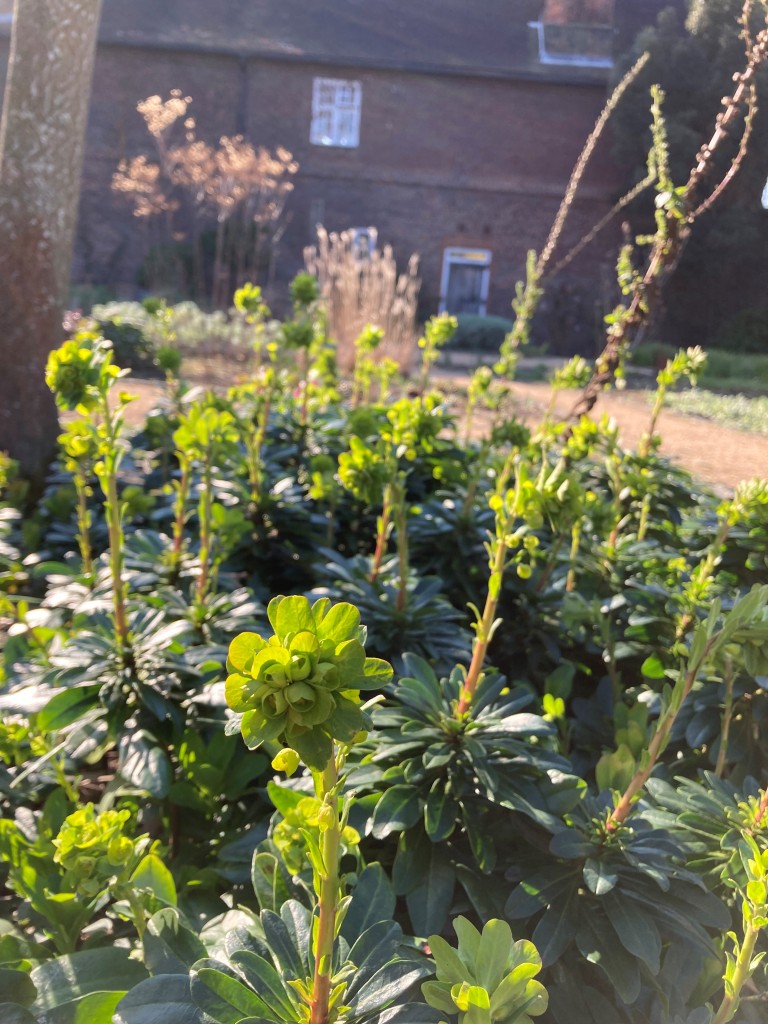Timothy Walker is a botanist with an extensive career in horticulture. He is a former Director of Oxford Botanical Gardens and still lectures at Somerville and Pembroke Colleges as well as being a Fellow of the Linnean Society and winner of four Chelsea gold medals. He came to our attention as the presenter of the BBC 4 television series Botany – a Blooming History. He gave an entertaining and informative talk which was very well received by the audience.


Like all living organisms, plants aim to ensure offspring for the next generation. Timothy described the sexual life of plants as the movement of pollen along the stem from the male anther of a flower to the female stigma to allow fertilisation. He put his discussion within the context of Darwinian theory of the Origin of the Species and Natural Selection and said pollination is less subservient than normally assumed.
He described a variety of stratagems for pollination and ways plants have developed to ensure it happens. Nature abhors inbreeding and, because of genetic problems associated with self pollination, tries to avoid it.
Continue reading November 2023 Talk: Sex, Lies and Putrefaction

































